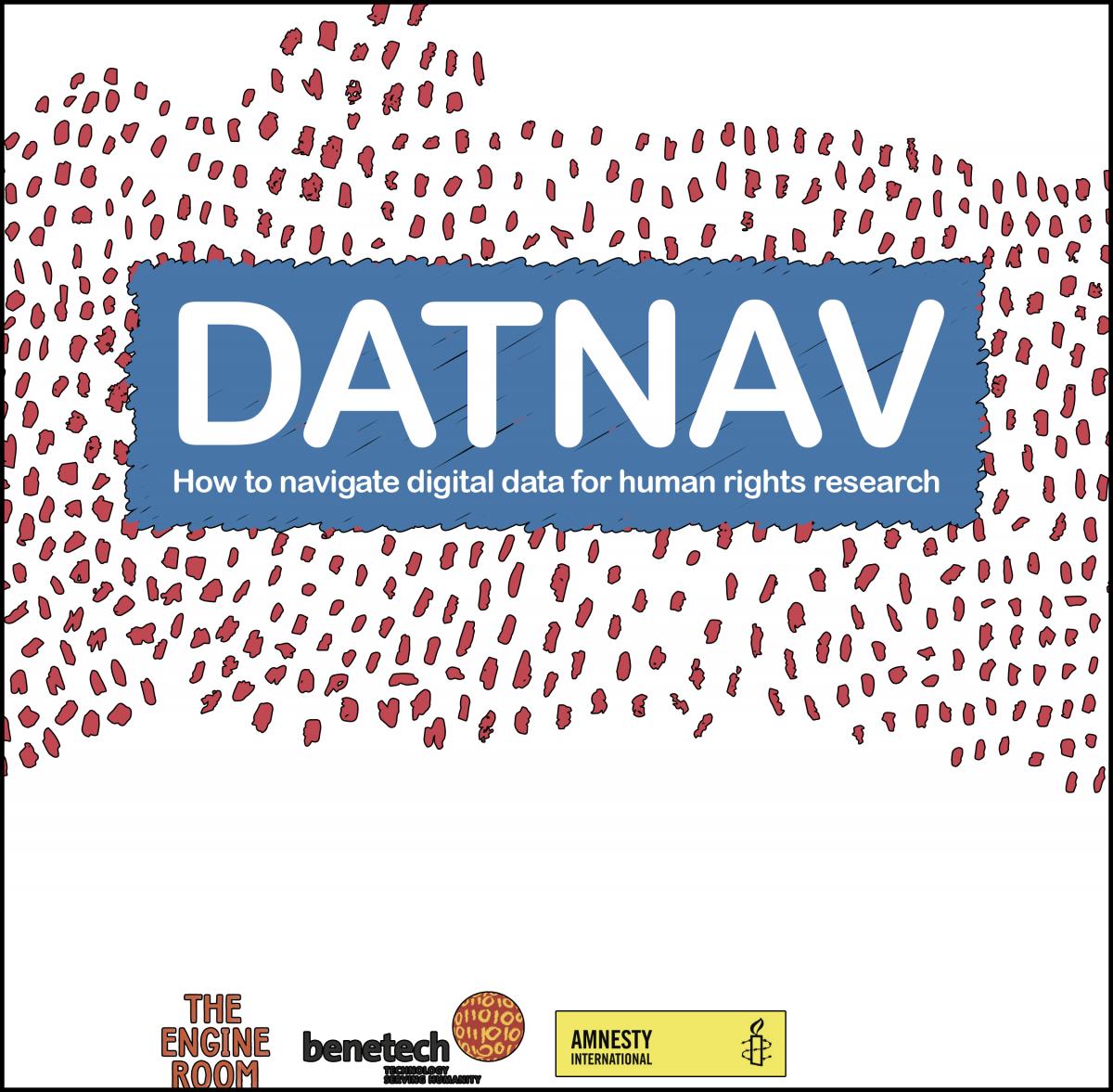 From online videos of rights violations, to satellite images of environmental degradation, to eyewitness accounts disseminated on social media, today we have access to more relevant data than ever before.
From online videos of rights violations, to satellite images of environmental degradation, to eyewitness accounts disseminated on social media, today we have access to more relevant data than ever before.
When used responsibly, this data can help human rights professionals in the courtroom, when working with governments and journalists, and in documenting historical record and monitoring public policies. And as costs continue to decrease and new platforms are developed, opportunities for harnessing these data sources for human rights work increase. But integrating data collection and management into the day-to-day work of human rights research and documentation can be challenging, even overwhelming, for individuals and organizations.
DatNav is a new guide designed to help you navigate and integrate digital data into your human rights work. This new resource, which had its genesis in a collaboration between Amnesty International, Benetech, and The Engine Room, was the result of four days of intense reflection and writing and broad follow-up consultations. Allison Corkery, Director of CESR’s Rights Claiming and Accountability Program, was one of 16 researchers and technical experts that met outside Berlin in May 2016 to draft the guide. The guide looks at the use of data for researching a broad range of human rights issues, including economic, social and cultural rights. It also zooms in on the use of government statistics and budgetary data and includes examples of the use of this type of data from CESR’s work in Guatemala and Spain.
In producing DatNav, the partners conducted extensive interviews, community consultations, and surveys to understand whether digital data was being integrated into human rights work. In the vast majority of cases, they found that it wasn’t, largely because human rights researchers appeared to be overwhelmed by the possibilities. In the face of limited resources, not knowing how to get started or whether it would be worthwhile, most refrained from even attempting to strengthen their work with digital data.
This new guide is designed to help human rights researchers, journalists, students, and philanthropists overcome these challenges. It offers step-by-step guidance on how to use digital data and online media for documentation purposes. Designed as an introduction that will set users on the right path to asking their own questions and seeking their own solutions, it aims to inspire critical thinking, rather than to be prescriptive about what specific software, devices, or platforms should be used.
- To download the DatNav guide, click here.
- To find out more about the project, or to give feedback, please email: hrdocs@theengineroom.org